Prior to the discovery posted by the takeapart experts at iFixit, the new phone was expected to use a Qualcomm MDM (Mobile Data Modem) chip as its baseband processor in order to work on Verizon's CDMA-style network, but the revelation of its world mode chip is new, even if the phone's design prevents it from being used on both networks.
Is a phone without a SIM just as sweet?
iFixit points out that the new model lacks a SIM card slot necessary to be used on GSM/UMTS networks such as AT&T or Apple's other existing carrier partners globally. It also reasons that the new phone is limited to CDMA-only operation because supporting multiple mobile antennas would be more complex to fit in the existing phone's design.
Motorola's Droid Pro uses the same chip to work both on Verizon and roam globally on GSM carriers, but it is also taller, wider and thicker than iPhone 4, even while supplying a smaller screen.
The lack of a SIM slot also greatly complicates the efforts of Verizon iPhone 4 users to unlock the phone for use on other carriers, compared to the relative ease of unlocking previous iPhones for use with another company's SIM card (note that unlocking is not the same as jailbreaking, which removes the OS security of the computer side of the phone attached to the baseband modem.)
According to one report, unlocking Verizon's iPhone 4 will be virtually impossible to do because it would require using "an ESN/MEID from a donor phone with service. This technique is a US federal crime."
Unlocking CDMA phones from one provider and using them on another requires the support of both carriers. This is done, for example, by Verizon for its MVNO partners like Cricket or MetroPCS for some phones, although its unlikely that Verizon will support this with iPhone 4, at least initially.
Any possibility of using iPhone 4 on other CDMA carriers, from Sprint in the US to foreign carriers in China and India, will realistically require agreements between the carrier and Apple.
Other difference in the Verizon iPhone 4
The Verizon version of iPhone 4 partitions the "wrap around" antenna design of iPhone 4 into four segments rather than the three used on the existing version.
This allows it to support the 800 and 1900MHz CDMA EVDO bands used by Verizon, opposed to the existing version, which must support four GSM bands (850, 900, 1800 and 1900MHz) and four UMTS bands (850, 900, 1900, 2100MHz) to work across both US and foreign carriers' networks.
Initial reviews have noted that, just as with other phones on the market, one can still attenuate the signal by holding the phone in various ways, but that Verizon's service very rarely ever got weak enough to make that effect noticeable, let alone the problem that some AT&T users had to carefully account for to avoid dropping a call.
Apple describes the new model as lacking any user serviceable parts, and now uses "pentalobe" screws to deter users from opening up their phone. That makes cracking the device open dependent upon a specialty screwdriver that's even harder to find than the tiny precision Phillips screwdriver needed for the screws Apple had been using.
The logic board of the new iPhone 4 is entirely new, rather than simply sporting a drop-in style replacement of the different baseband chip. Even the shape is changed, in order to accommodate a new vibration motor for silent alerts.
"Rather than using a rotational electric motor with a counterweight," iFixit's report notes, "the Verizon iPhone appears to utilize a linear vibrator for call/message alerts." The site adds "our tests show that the new vibrator has quieter, softer feel, and makes a better sound when on a table."
On page 2 of 2: Repairability, WorldMode/4G iPhone 5.
In terms of ease of repair, the new iPhone 4 is similar to the previous version. iFixit notes that the back panel and battery are easy to replace (once you obtain the requisite pentalobe screwdriver, something the site offers as part of an inexpensive repair kit), and that the internals are all fastened with "(lots of) screws and not tabs or adhesive."
However, exchanging the front panel is "is time consuming as you must remove all components from the phone in the process." Also, because iPhone 4 fuses its LCD display and front glass panel together to improve the look of the display, replacing a cracked glass front is more expensive.
A world mode iPhone 5?
Subsequent versions of the iPhone and iPad could conceivably use the same Qualcomm MDM6600 chip to deliver world mode versions, but existing data indicates that iPad 2 will still ship in separate CDMA and UMTS versions (in addition to a WiFi-only model).
It's not yet known if Apple will opt to pack both CDMA antennas and GSM/UMTS antennas into the expected iPhone 5 this summer, or continue to sell two distinct versions. It was originally expected that the company would seek to consolidate its offerings to one model, but the design of iPhone 4 and the expectations surrounding iPad 2 suggest otherwise.
There may be fewer advantages in a single global model than in selling two separate iPhones for the time being, as a two-model strategy may allow Apple to build both versions at lower cost. Using the same chip in both would at least simplify and consolidate the development expenses in building two different models.
There is also limited demand for Verizon CDMA phones capable of roaming globally; very few models currently can, and they sacrifice size or other features to offer this.
4G iPhone 5
Interestingly, the MDM6600 chip also supports HSPA+, boosting the potential for iPhone 5 above today's 7.2Mbps download and 5.76Mbps upload HSPA speeds of iPhone 4 by adding the capability to access HSPA+ networks with downloads up to 14.4Mbps.
This would allow AT&T to market iPhone 5, using the same chip paired with GSM/UMTS antennas, as a "4G" phone, alongside other HSPA+ models now in the pipeline, including the Android-based Motorola Atrix and HTC Inspire. AT&T hasn't yet started talking about a potential "4G" iPhone because Apple hasn't exposed its future roadmap yet.
It appears less likely that Apple will add an LTE option on iPhone 5 and iPad 2, potentially giving AT&T an exclusive opportunity to market the next iPhone 5 as "4G" while Verizon continues to sell a 3G CDMA version. However, promises surrounding easy upgradability of some existing Verizon devices to LTE may also enable Apple to release a 4G upgrade module for future iPad models, and possibly even future iPhones (but not today's iPhone 4).
AT&T began marketing HSPA+ as "4G" to counter marketing claims by Sprint's WiMAX, Verizon's transitional LTE, and T-Mobile's own HSPA+ network. Previously, all of these networks were considered "3.5G" or "transitional 4G" networks because they do not meet the actual 3GPP definition of 4G mobile networks, which sets a baseline of 100Mbps downloads.
 Daniel Eran Dilger
Daniel Eran Dilger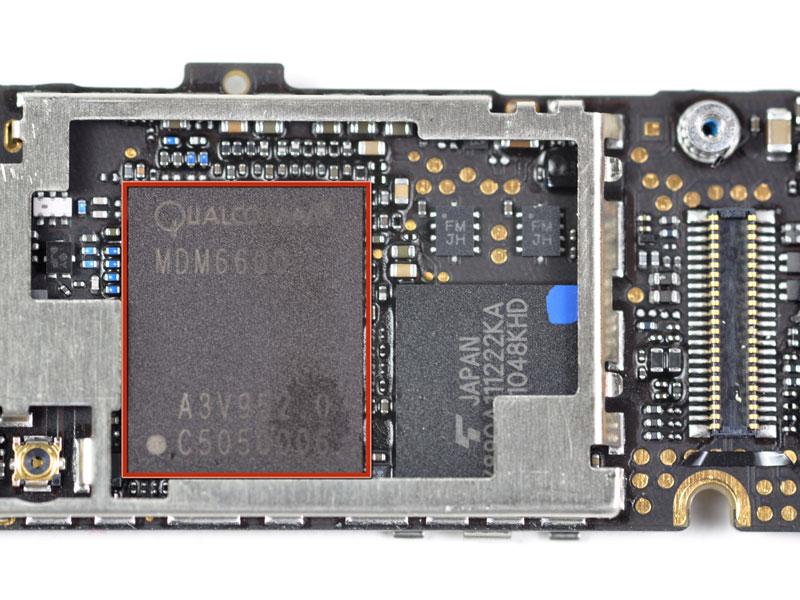
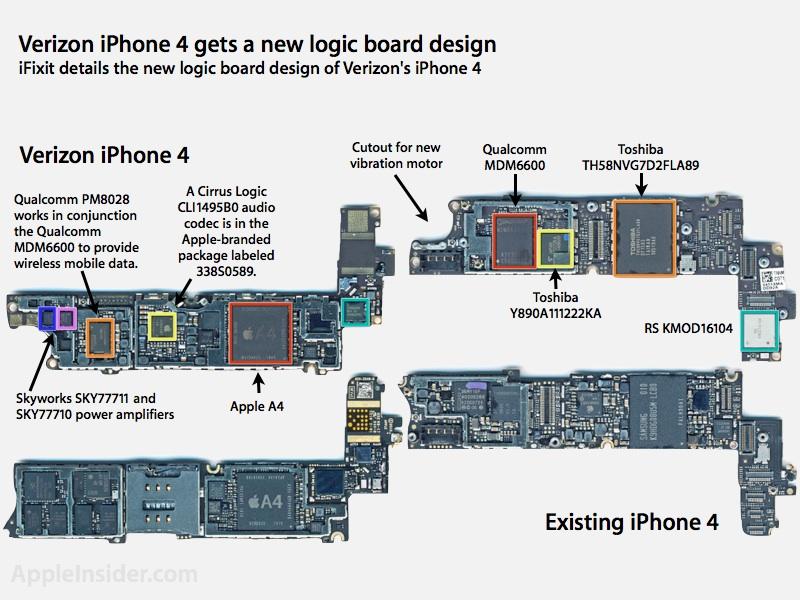
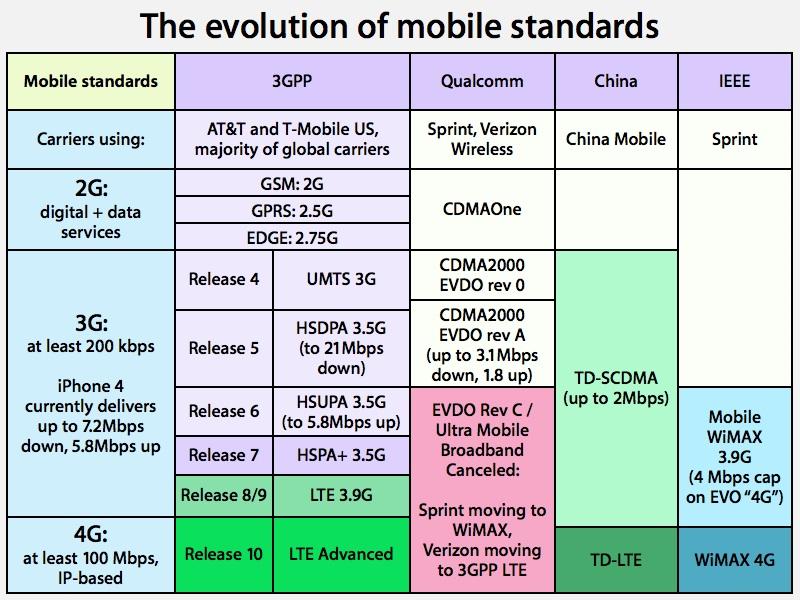
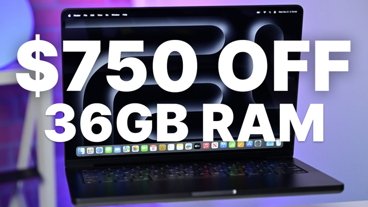
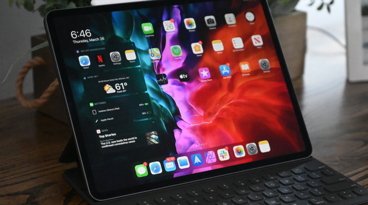
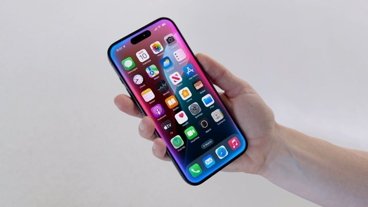
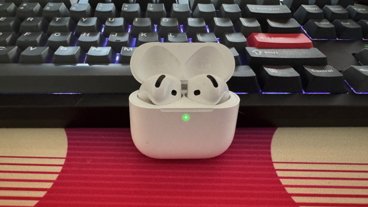
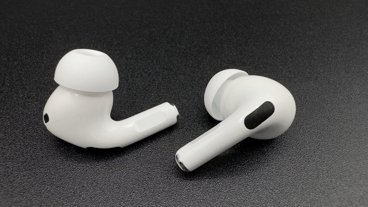
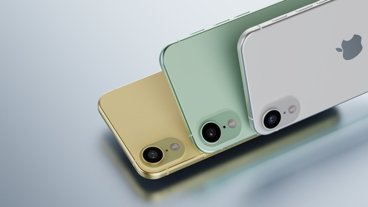
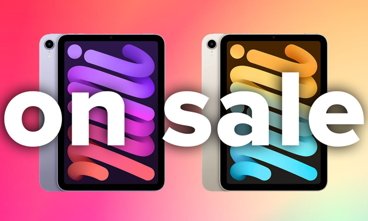
-m.jpg)


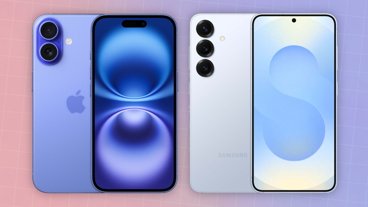
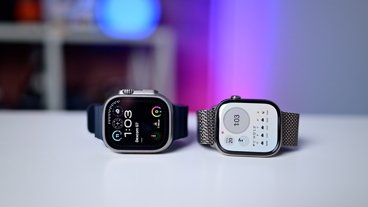

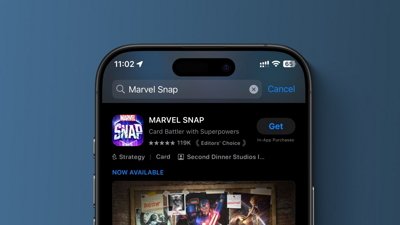
 Marko Zivkovic
Marko Zivkovic
 Malcolm Owen
Malcolm Owen

 William Gallagher
William Gallagher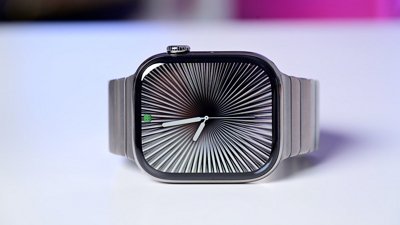
 Amber Neely
Amber Neely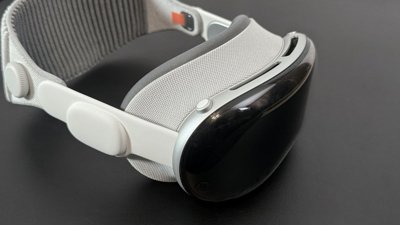
 Wesley Hilliard
Wesley Hilliard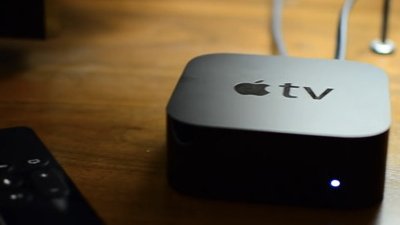
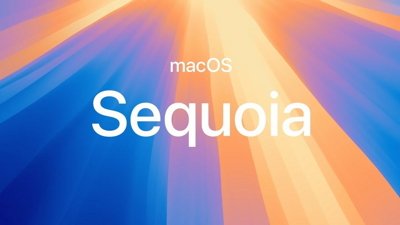
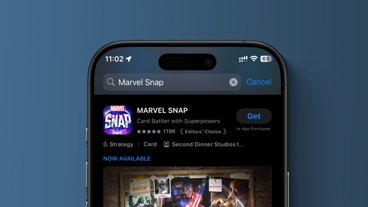
-m.jpg)
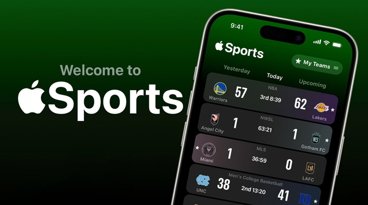
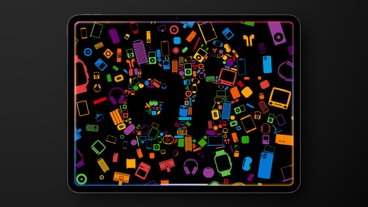
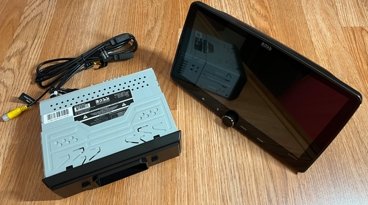
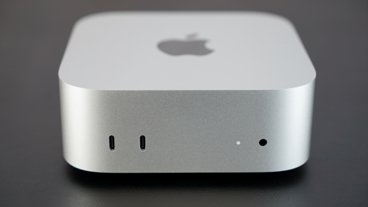

76 Comments
Verizon got their iPhone. VZW customers will finally have piece-of-mind. Right up until it comes to selling their old iPhone and realizing that phone can only be sold to other Verizon folks and not the world GSM market. That will take a hit on resale value methinks.
Verizon got their iPhone. VZW customers will finally have piece-of-mind. Right up until it comes to selling their old iPhone and realizing that phone can only be sold to other Verizon folks and not the world GSM market. That will take a hit on resale value methinks.
Yeah, but only a tiny portion of folks even try to sell their old phone and mostly they are unsuccessful at that.
Besides which, if you get into the electronics selling business, you have to know what you're doing so those that don't know about such things probably shouldn't be doing it.
Apple describes the new model as lacking any user serviceable parts, and now uses "pentalobe" screws to deter users from opening up their phone. That makes cracking the device open dependent upon a specialty screwdriver that's even harder to find than the tiny precision Phillips screwdriver needed for the screws Apple had been using.
[ View this article at AppleInsider.com ]
Apple really thinks a "pentalobe" screw driver can't be replicated? it's not exactly cracking code.
I have always sold my old iPhone after getting the new on. And in general, from Craigslist, I got more for the old one than I pay subsidized to ATT for the new one. Last one was sold to a taxi driver who said he would jailbreak it but needed to run a taxi calling iPhone app from which he gets a lot of business.
Apple really thinks a "pentalobe" screw driver can't be replicated? it's not exactly cracking code.
Ofcourse it can be replicated, but it's certainly not something people have lying around their house.
It's a small deterrent to keep out the curious. If a person really wants to get in they'll find a way